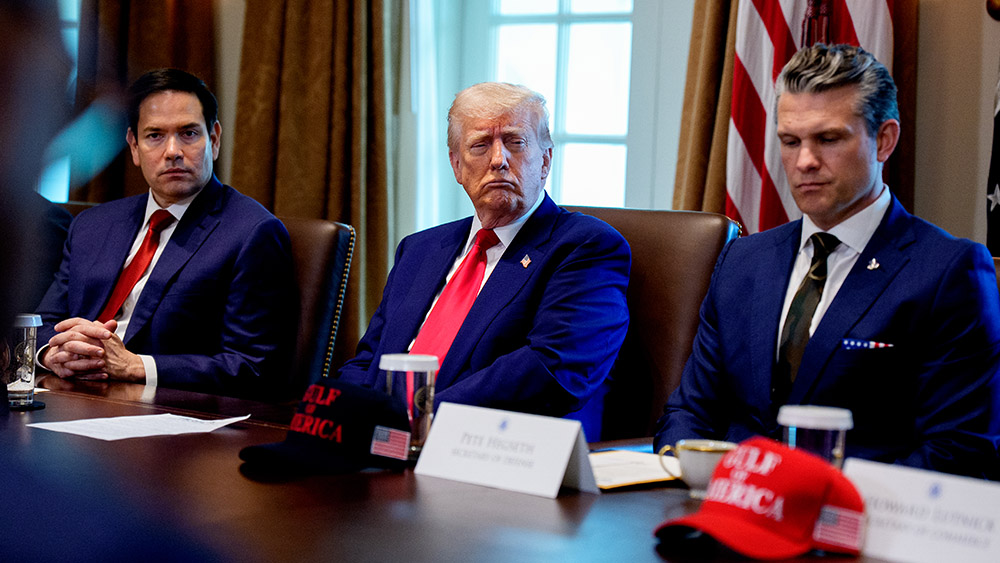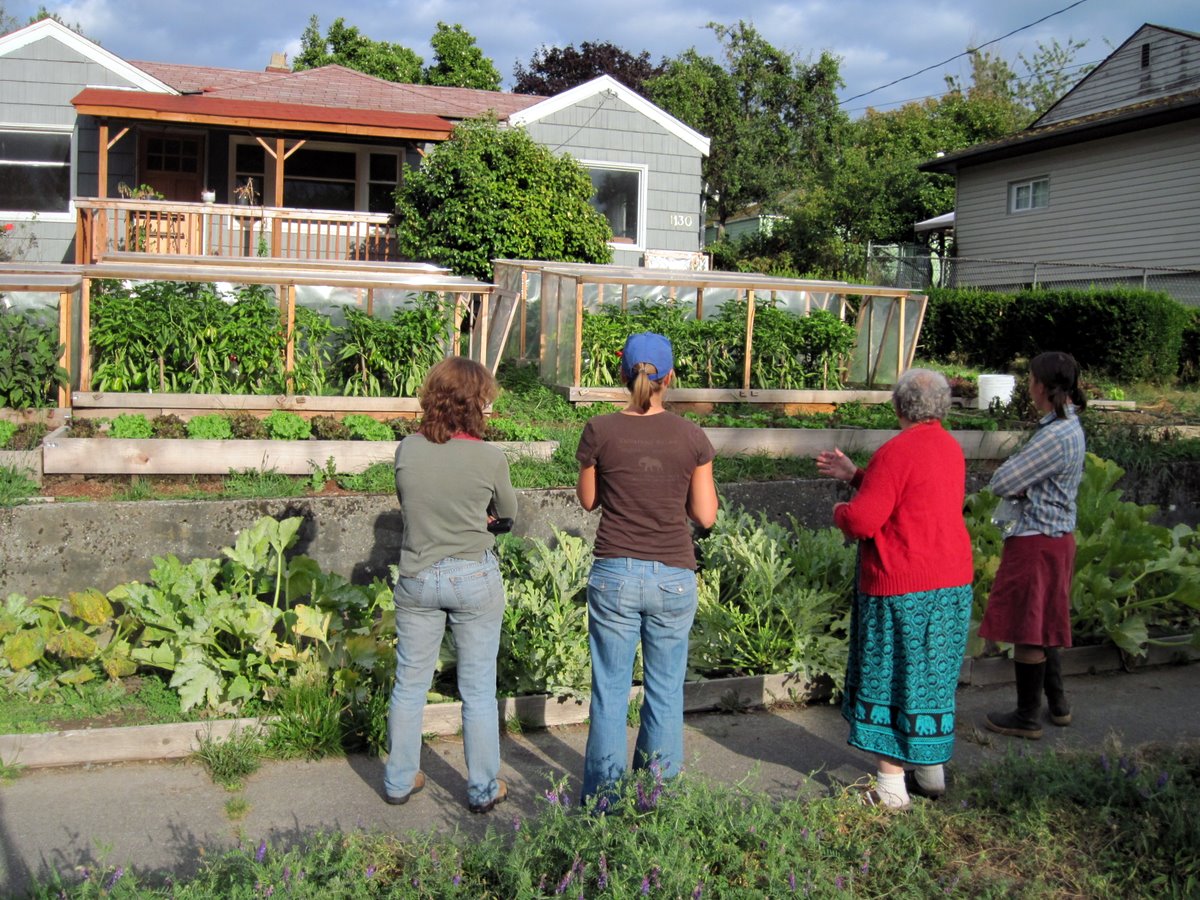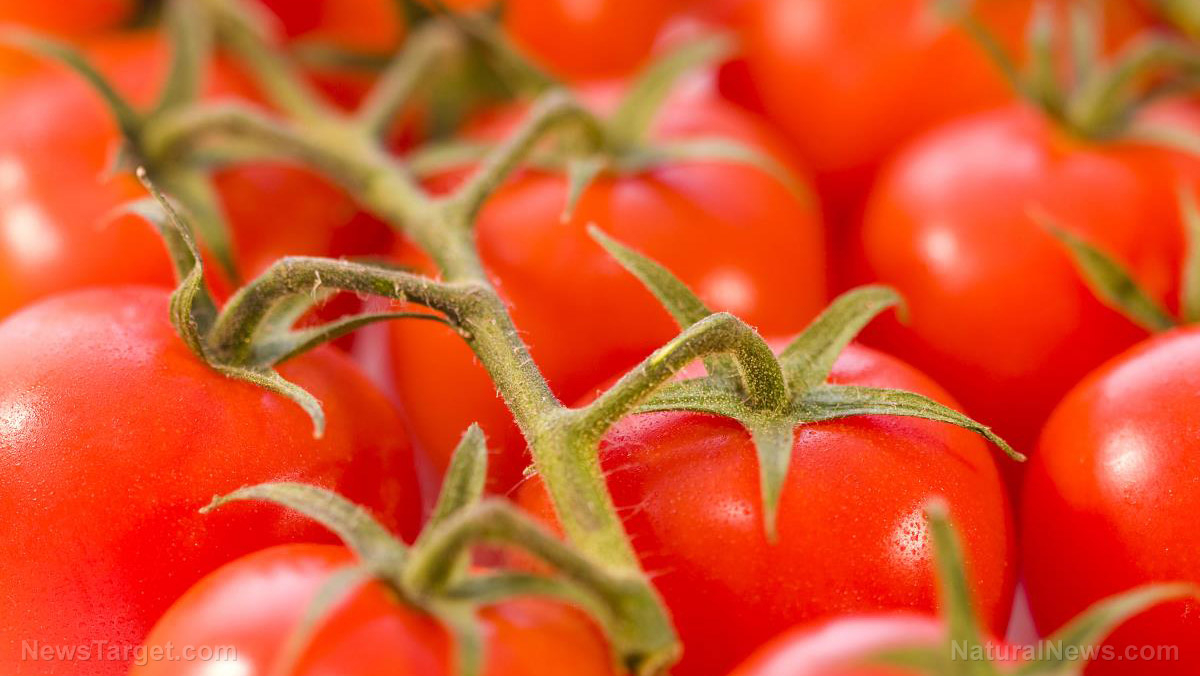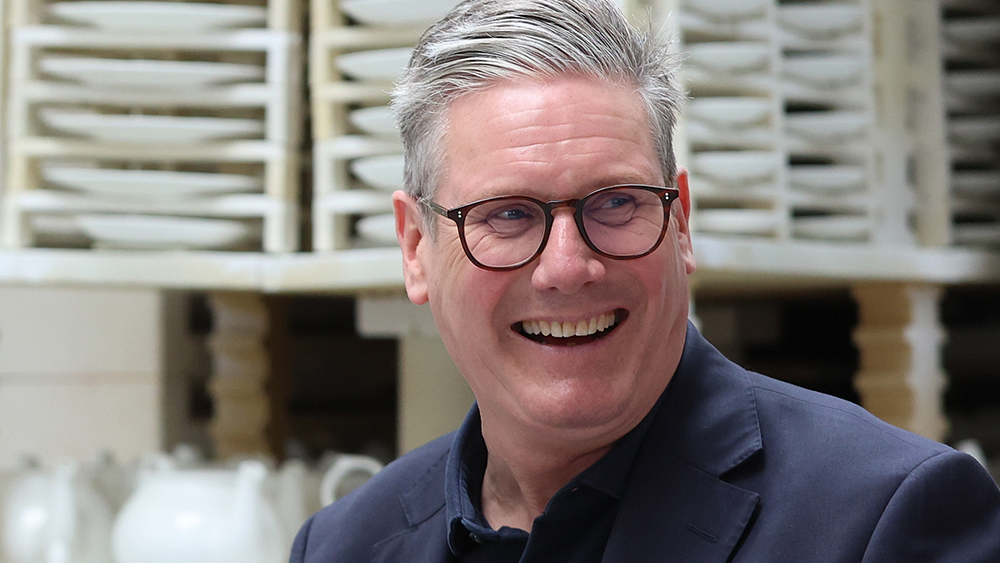 Parler
Parler Gab
Gab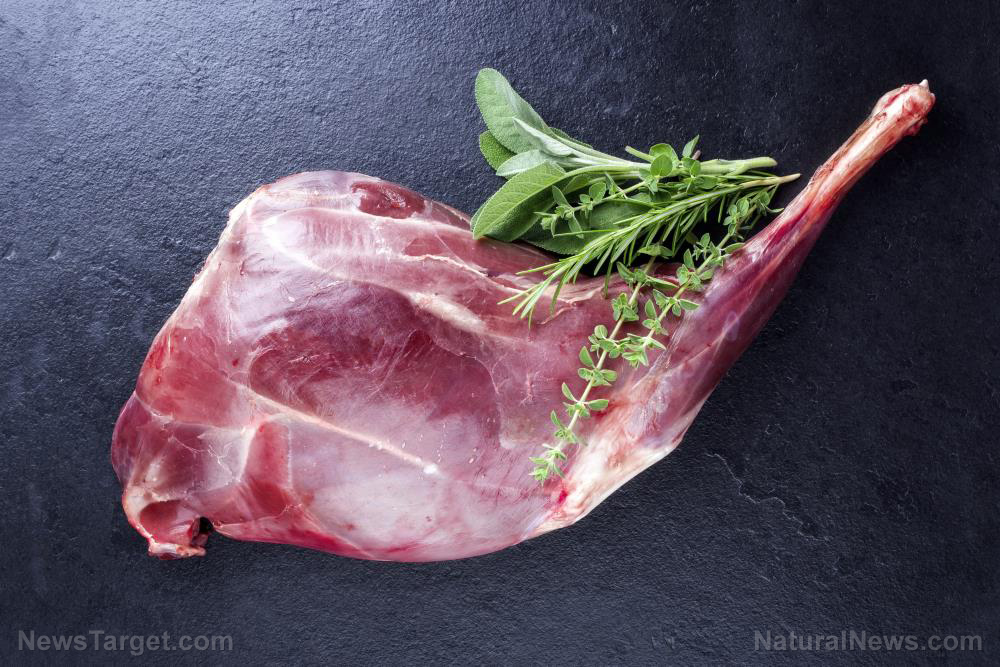
- In episode 9 of "Wartime Homefront Essential Skills," Marjory Wildcraft and Red Louvish explained how roadkill can be processed into both safe-to-eat meat and high-quality buckskin, offering a sustainable solution amid rising food costs and supply chain issues.
- Louvish emphasized checking the animal's eyes (clear vs. cloudy), rigor mortis (stiffness timeline), bloating (not always spoilage) and smell to determine if the meat is still edible.
- He also went over how the hide can be tanned using traditional Native American methods to create soft, long-lasting leather — ideal for clothing, shelter and bartering — outperforming modern leather in flexibility and longevity.
- Unlike commercial butchery, Louvish's hand-peeling method preserves both meat and hide quality, minimizing waste (e.g., avoiding knife marks and leaving usable meat intact).
- Wildcraft and Louvish shared how roadkill venison can taste better than hunted game (less gamey outside mating season) and processing it can become a side business or survival skill, turning "waste" into valuable resources.
- Eyes: Cloudiness sets in after a few hours. If the eyes are gone (often eaten by scavengers first), the animal has likely been dead for 12+ hours.
- Rigor mortis: Stiffness begins within 30 minutes to an hour and releases after 24 to 48 hours.
- Bloating: Happens quickly (within hours) due to bacterial gas buildup but doesn’t necessarily mean spoilage.
- Smell: "If it smells bad, it's bad," Louvish warned.
- Hunting season meat can be gamey due to rutting hormones.
- Roadkill outside of mating season is milder and more tender.
Want to learn more?
When the world gets unpredictable, the smartest move is to prepare. That's why "Wartime Homefront Essential Skills" by Marjory Wildcraft is back on BrightU. This is your second chance to catch the series that's changing how families think about self-reliance. If you want to learn at your own pace and get access to 12 additional bonuses, you can purchase the Wartime Homefront Essential Skills Bundle here. Upon purchase, you will get unlimited access to all 10 "Wartime Homefront Essential Skills" videos and 12 bonuses, including 10 eBook guides and two homesteading videos. Sources include: BrighteonUniversity.com 1 BrightU.com BrighteonUniversity.com 2Trump’s defense of tariffs as economic strategy sparks debate over trade and consumer impact
By Willow Tohi // Share
Prepping on a budget: 8 Recession-proof projects to start on your homestead
By Zoey Sky // Share
“Wartime Homefront Essential Skills” on BrightU: How to grow tomatoes in your backyard like a boss
By Jacob Thomas // Share
Governments continue to obscure COVID-19 vaccine data amid rising concerns over excess deaths
By patricklewis // Share
Tech giant Microsoft backs EXTINCTION with its support of carbon capture programs
By ramontomeydw // Share
Germany to resume arms exports to Israel despite repeated ceasefire violations
By isabelle // Share
